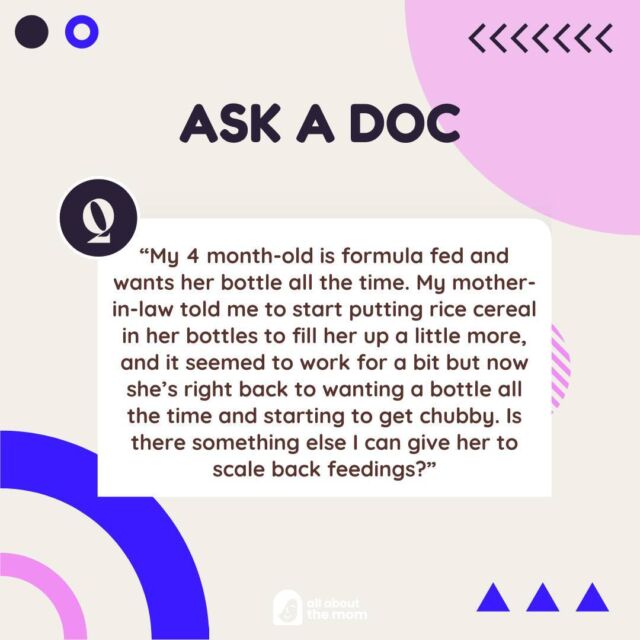TUMMY TIME. These two words often bring fear into the eyes of many new parents. This cute little phrase that sounds so innocuous seems to distress both the parents and the babies who need it.
It wasn’t so long ago that babies slept on their tummies and getting enough tummy time was not an issue. But in the mid-1990’s we learned that the incidence of SIDS is greatly reduced by having babies sleep on their backs – hence, the Back-to-Sleep campaign emerged.
However, some people may have misunderstood the campaign’s intentions and kept babies off their bellies during wakeful times, too. This is a mistake! Babies benefit from time on their bellies. The AAP suggests, “A certain amount of tummy time while the infant is awake and observed is recommended for developmental reasons and to prevent flat spots.”
Babies who get very little tummy time can have weakened backs, shoulders, and arms, as well as flat spots on their heads called “positional plagiocephaly.” However, these situations can be avoided by placing babies on their bellies during waking hours.
When to start
Tummy time – which should always be done under supervision – can start right away and take place daily. There’s no need to wait until the baby is of a certain age. Start on day one. Newborns tend to love being on their bellies when it’s not yet become unfamiliar after weeks and months of being swaddled and positioned on their backs.
If your baby does fuss, try to encourage her, and create some distraction as she adjusts. Try putting the baby on the floor on a nicely padded quilt. You can accomplish two things at once by doing tummy time diaper free. The baby’s bottom will get some much-needed airing out time, and she may enjoy tummy time better in the buff. If she pees or poops, simply throw the quilt in the wash afterward.
Get down on the floor with your baby. Use a colorful rattle to get her attention. Put a bolster at the end of her feet for her to push against. After a few minutes, move to the other side of your baby and see if she’ll lift her head and turn to the other side, too. Hold up a mirror or pictures for her to see. Make funny noises. Stick out your tongue. If she starts getting fussy, position her over a boppy pillow or rolled-up towel. Bring her hands up under her chin. She may enjoy sucking on her fists while they are trapped there, unable to flop around and bop her on the nose. Some people find that flipping a baby onto her tummy after every diaper change is a great way to work in tummy time.
Timing is important
Don’t start tummy time when the baby is hungry, sleepy, or immediately after a feeding. But even if your timing is perfect, the baby may still object. Don’t give up altogether. Try a few more distractions and let it go until after the next nap.
















